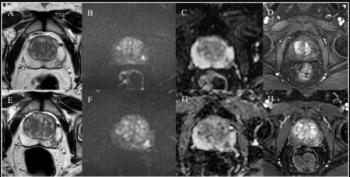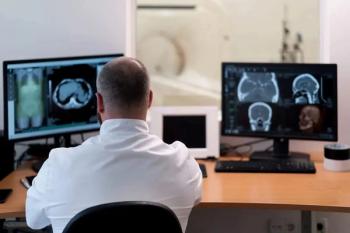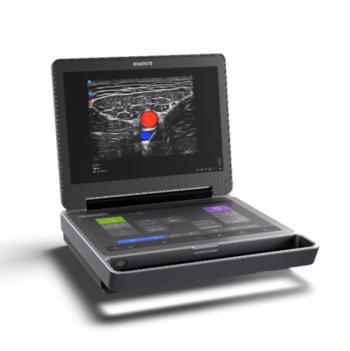FDA Clears AI Software for CT Detection and Triage of Obstructive Hydrocephalus
Indicated for the triage and notification of obstructive hydrocephalus on non-contrast brain computed tomography (CT), the artificial intelligence (AI)-enabled software is reportedly the first radiology triage modality to obtain the Food and Drug Administration’s (FDA) Breakthrough Device Designation.
The Food and Drug Administration (FDA) has granted 510(k) clearance for a new artificial intelligence (AI) software that may facilitate earlier brain CT detection and triage of the potentially life-threatening condition of obstructive hydrocephalus (OHCP).
Based on assessment of non-contrast brain CT scans, the AI software provides passive and active notifications on
The FDA clearance of the OHCP software is the 10th FDA clearance for the company’s AI-powered software applications, including five software applications that can be utilized for head CT scans, according to Annalise.ai.
“Our advanced algorithms support radiologists by facilitating prioritization of non-contrast head CT studies with suspected critical findings, thereby optimizing radiology workflow,” noted Rick Abramson, the chief medical officer at Annalise.ai. “With its set of clearances, Annalise.ai promotes faster report turnaround times by identifying and elevating critical cases for immediate attention.”
Newsletter
Stay at the forefront of radiology with the Diagnostic Imaging newsletter, delivering the latest news, clinical insights, and imaging advancements for today’s radiologists.































